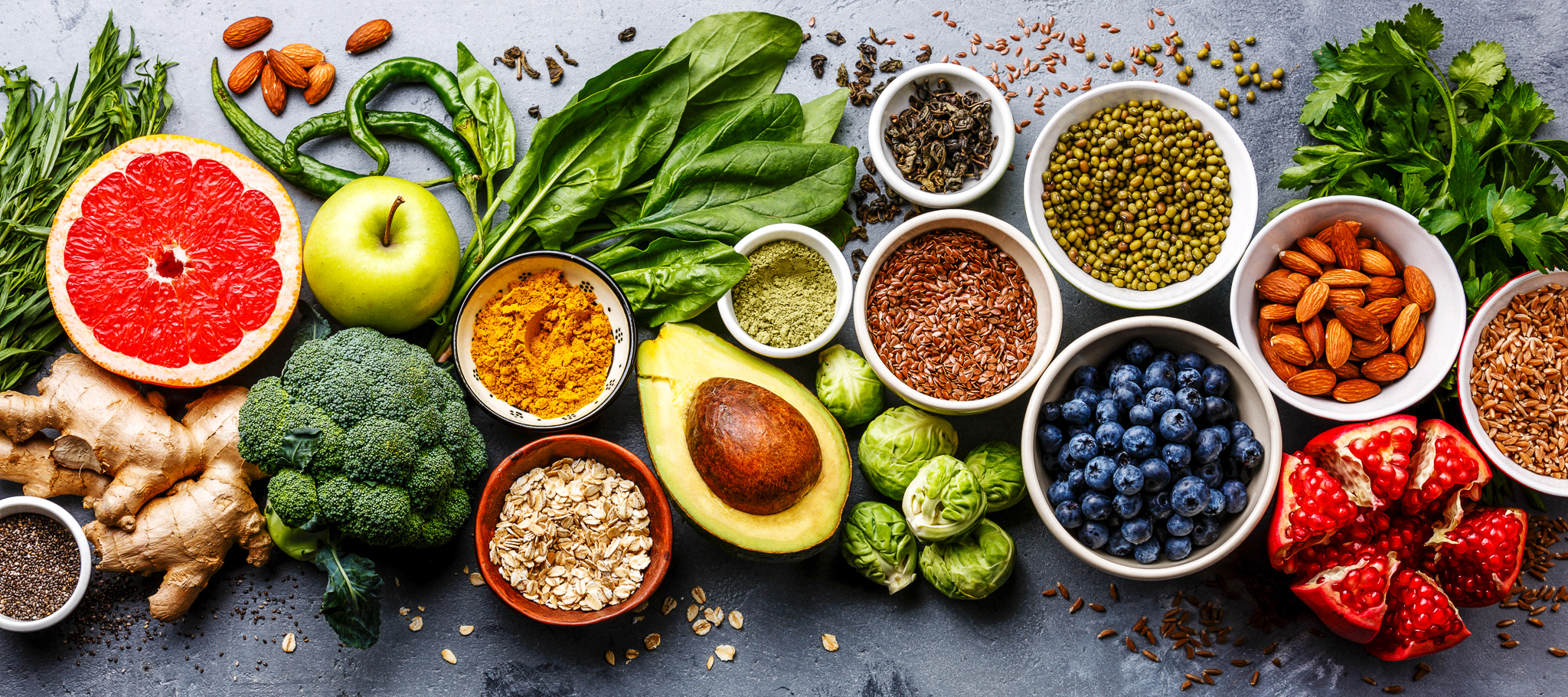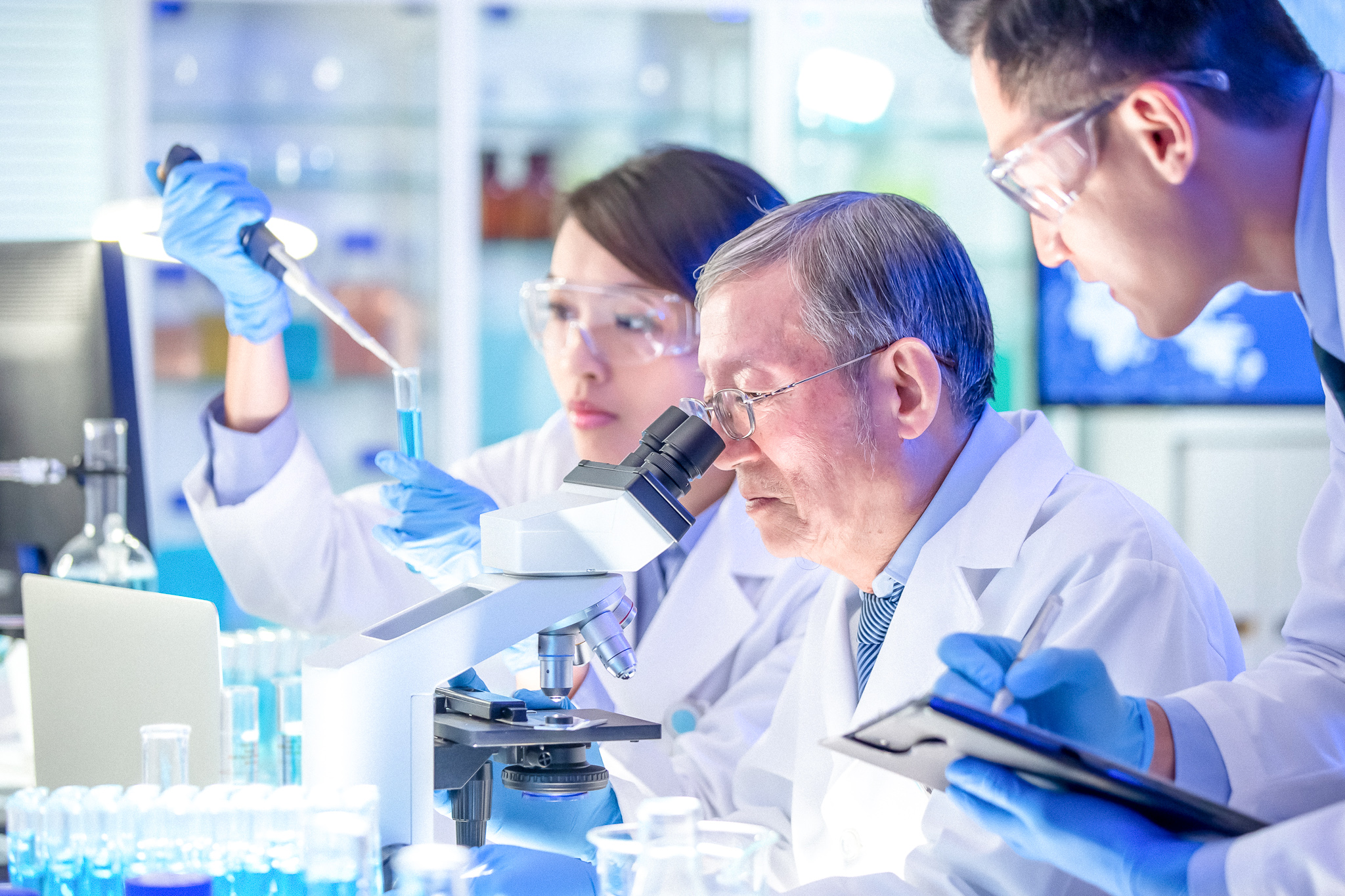A growing number of agri-tech start-ups are developing ways of applying digital technologies to the mucky business of farming. Many of these technologies improve yields, cut waste and resource use, and enhance the sustainability of farming. And most do so by collecting and analysing an increasingly valuable asset: data.
Some of these data are visual. For example, satellites and drones equipped with cameras can provide high-resolution images of arable land, giving farmers an overview of yield patterns across vast amounts of land.
On the ground, machinery such as tractors, combine harvesters and planting machines can be equipped with sensors to capture real-time insights into soil health or changes in crop height.
The power of technology
Trace Genomics has developed an analytics engine and DNA extraction process that is digitising soil. So far, it has mapped more than 150,000 acres in the US. By decoding these data, the company provides insights that allow farmers to track soil health, measure pathogen levels and compare the performance of different inputs on yields.
The power of technology to deliver insights to farmers was highlighted in the most recent Food Sustainability Index (FSI), developed by The Economist Intelligence Unit with the Barilla Center for Food & Nutrition Foundation. The FSI measures food sustainability in 67 countries around three pillars: sustainable agriculture, food waste and loss, and nutritional challenges. The white paper accompanying the latest FSI results featured the technologies of several innovative young companies.
In the Netherlands, for example, Connecterra’s dairy monitors track the behaviour and movement of cows, increasing grazing efficiency and predicting oestrous cycles, increasing the percentage of cows that become pregnant during a breeding season.
In the US, Indigo Agriculture is applying algorithms and machine learning to a database it has built of the microbes that live within plants to predict which of these are most beneficial to the plant’s health. It applies these to crops in the form of a seed coating.
Reducing food loss and waste
However, as the FSI also highlights, enough food is already being produced to feed the world’s population. Given the fact that about a third of this fails to reach consumers or is thrown away, ending hunger and meeting rising demand will be impossible without addressing food loss and waste.
Here, digital technologies can also play a role. Internet-of-Things technologies, for instance, can enhance the efficiency of cold chains to reduce waste. IMS Evolve, a UK-based company with teams in the US, does this by using sensors and real-time data collection to help supermarkets adapt refrigeration practices. This allows them to extend shelf life, increasing the supply of perishable foods and reducing waste while also saving energy and cutting greenhouse-gas (GHG) emissions.
Education is a powerful tool when it comes to encouraging consumers to change their behaviour, whether that is cutting food waste or improving personal nutrition. Digital technologies offer a way of delivering this education efficiently and cheaply, as policymakers are recognising.
In Hong Kong, for example, the government is using a range of technologies, from social media to mobile apps, to increase the consumption of healthy and sustainable food by its citizens. Its NuCal (Nutrition Calculator) app allows uses to create their own personal database of foods in order to monitor their daily intake of nutrients.
Making farming smarter
On the farm, digital technology can increase efficiency and environmental sustainability by reducing the over-use of precious resources, such as water. Sensors placed in the soil enable famers to adjust their systems throughout the growing season, including increasing or decreasing irrigation to meet moisture levels so that water is used only when needed.
Of course, technology is not the only tool that can promote food sustainability. In fact, consensus is growing that traditional farming and the practices found in agroecology also have great potential to improve soil quality, conserve water, reduce GHG emissions, increase food yields and create a fairer trading system.
Moreover, the digitalisation of agriculture raises ethical questions. For example, some worry about who owns and has access to the data generated by “smart farming”. Others argue that the ability of multinational agribusinesses to gather vast amounts of data on the performance of farmland gives them an advantage over smaller, individual farmers who may not have access to this kind of data.
Some companies are developing solutions to address this. In the US, for example, California-based OnFarm’s software gives farmers access to digital tools such as agricultural data analytics and real-time alerts. These tools help them to keep abreast of adverse conditions such as low moisture, strong winds or frosts, making it easier to manage risk.
Solutions such as this, which give individual farmers access to technologies such as artificial intelligence, big data and analytics, will become more important. Given the daunting challenge of feeding a growing population without placing undue stress on planetary resources, digital technologies—notably those that are accessible to all producers—will be essential to achieving a sustainable food system.
Financing innovation
If the digitalisation of farming can lead to a more productive, sustainable food system, the next question is how to finance the new technologies at a scale that can make a significant impact.
This has not always been easy, particularly for developing countries. In the FSI, the top ten countries most likely to attract investment in sustainable agriculture are all European, with the exception of the US and Israel. And while most countries in the index offer some form of public financing for agricultural innovation, ten countries—eight of which are in sub-Saharan Africa—do not.
In this respect, the growth of agri-tech presents an opportunity. Digital technologies have the potential not only to contribute to a healthier, more sustainable food system, but they can also deliver an attractive financial return.
Investors are taking note. AgFunder, a venture capital tracker, found that almost US$17bn in funding was raised by agri-food tech start-ups in 2018, a year-on-year rise of 43%.
If agri-tech innovation continues to inspire growing funding flows, millions more farmers could gain access to the data-driven insights that take the guesswork out of producing the world’s food.











